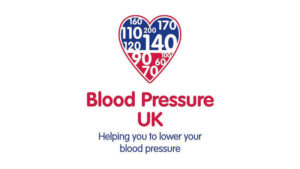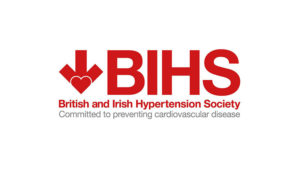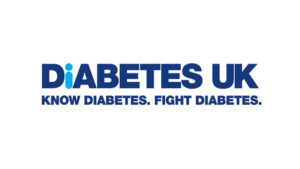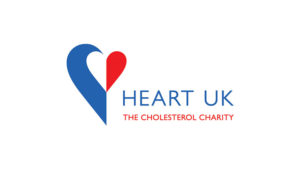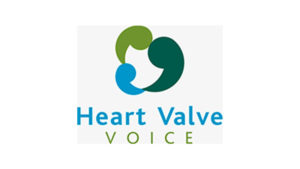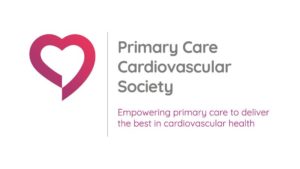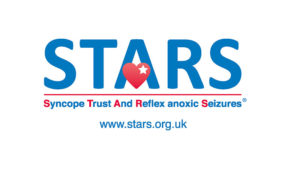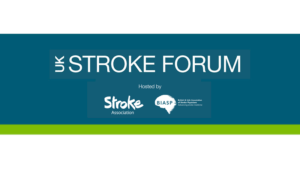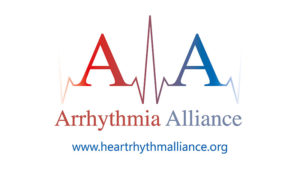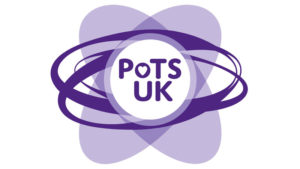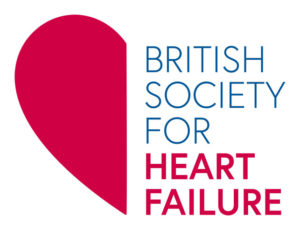Patients with diabetes are at high risk of cardiovascular disease and aspirin is an important part of prevention strategies. Although it is effective and relatively well-tolerated, studies have shown that many patients with diabetes are not taking aspirin. In this article, we review why aspirin should be considered in patients with diabetes, the benefits it might achieve and areas where caution is required.
Making sense of the Quality and Outcome Framework of the new GP Contract
The Quality and Outcome Framework (QOF) of the new GP Contract will be the biggest experiment in improving the quality of care for patients anywhere in the world. By April 2005, we will see how well Primary Care can deliver. In this series, we provide a step-by-step guide on how your practice can get QOF points, including practical information on what data to collect and how to record it. Over the coming months, we will be discussing the best ways to maximise the quality of care and will concentrate on the cardiovascular and diabetes elements of the QOF. We will discuss the setting up of registers, practical tips, examples from practices that are delivering well, how to check how well you are doing from your own IT system and from Quality Management Analysis System and, of course, how to deal with exception reporting and the PCT QOF visit.
Oily fish and cardiovascular disease
The management of cardiovascular disease (CVD) in primary care has been transformed in recent years, particularly with extensive use of statins in secondary prevention. But what about the less high-tech approach of getting patients to eat more healthily? Dietary advice has traditionally been offered primarily to those needing to lose weight or lower their lipid levels. But more recently, systematic reviews have shown good evidence that dietary changes can reduce mortality and morbidity in addition to modifying some risk factors in patients with coronary heart disease. Evidence to date suggests similar benefits of healthier eating are likely in primary prevention. In this new series – Food for Thought – we sort the wheat from the chaff when it comes to dietary advice for patients with cardiovascular disease. This article will focus on the benefits of oily fish, with the good news that simply increasing oily fish intake achieves major benefits.
Practical approaches to empowering people with cardiovascular disease or diabetes
For people with long-term conditions, self-care can have as much, if not more, influence on their health than prescribed medication and treatment. Yet, in many cases, healthcare professionals become frustrated when attempts to improve peoples’ self-care behaviours prove unsuccessful. This article looks at some of the reasons why it can be difficult to encourage people with diabetes or cardiovascular disease to look after themselves effectively; what types of practice can help us to increase people’s success in managing long-term conditions; and how we can incorporate empowering techniques in our day-to-day consultations.
Sex after an MI
Rehabilitation after a myocardial infarction (MI) includes all aspects of a patient’s life – medical, physical and social. Sexual functioning is an important part of most people’s lives. Fears about whether having sexual intercourse could trigger another heart attack is the question many post-MI patients want to ask but embarrassment may stop them. Giving accurate information about sex after an MI is just as much a part of patient education as telling them about cholesterol and blood pressure and can go a long way to helping recovery and preventing further problems such as sexual dysfunction.
Stroke and TIA
Stroke is common, affecting around one in four people over the age of 45 at some time in their lives. Increasing age is a major risk factor for stroke, so the numbers of people suffering a stroke will increase with the ageing population. Primary care teams have a central role in providing effective secondary prevention, but because patients often fall between primary and secondary care, things may be missed. Taking a systematic approach to assessing risk factors, such as blood pressure, and treating them effectively can significantly reduce further stroke risk.
Quality … and beyond
Quality is the latest buzzword in healthcare. The latest GMS contract emphasises this in the Quality and Outcomes Framework (QOF) designed to measure and reward key elements of primary care chronic disease management. In this issue of BJPCN we start a new series – Points mean Prizes – on how to make sure you get all the ticks in the boxes for the data you need to collect to get maximum QOF points. The series will provide a step-to-step guide on how to score on the 76 quality indicators in the 10 clinical domains of care.
Atrial Fibrillation
Atrial fibrillation (AF) is one of those terms that we are hearing more and more in general practice. It is an important risk factor for stroke – particularly in older people – making it a good candidate for primary care teams to target in efforts to prevent cardiovascular disease.
Beta blockers
Beta blockers are well established drugs in the treatment of cardiovascular disease, after first being introduced 20 years ago. Today, they are used to treat patients with a range of cardiovascular conditions – hypertension, myocardial infarction, angina, heart failure and abnormal heart rhythms (arrhythmias). There is good evidence for beneficial effects with beta blockers and their use is recommended in many guidelines, including the recent British Hypertension Society guidelines. Prescribing of beta blockers in patients with heart disease is further encouraged as a ‘quality marker’ in the new GMS contract.
How to: create and maintain a Coronary Heart Disease
The aim of the National Primary Care Development Team (NPDT) is to develop healthcare professionals who have the knowledge and skills to apply quality improvement methods to local priorities. CHD is one such priority and has been within the focus of our work for almost four years. Working in partnership with other agencies who share our priorities is essential. Janet Potts, who leads on the work of the NPDT in West Yorkshire, joined forces with Adele Graham from the CHD Collaborative in West Yorkshire, to give the strongest possible support to local primary healthcare professionals. The CHD register ‘recipe’ was devised by this partnership.
Getting it right – how to measure BP in the surgery
It’s something that we do so often, but are we always doing it the best way? Check out how to measure blood pressure (BP) correctly, with latest advice from the National Institute for Clinical Excellence and the British Hypertension Society.
Bringing CHD management back to primary care
Managing heart failure effectively in the community Community-based nurses are at the forefront of vigorous efforts to improve the management of coronary heart disease. The Coronary Heart Disease Collaborative is spearheading 30 projects around the country to find practical ways forward. This issue reviews how Durham Dales PCT has brought the management of heart failure firmly back into primary care, with up-to-date registers of heart failure patients and regular clinics in the community.




